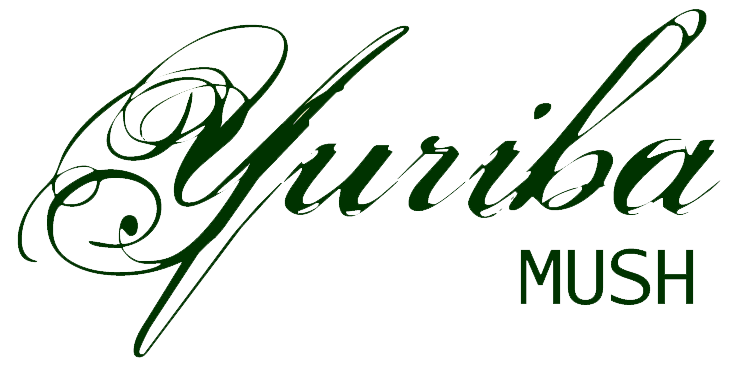Chic Deer
Chic Deer are a form of ruminant ungulate native to Yuriba. Slightly smaller than what most immigrants to Yuriba would identify as deer, they are always female, just as with all other native Yuriban species.
Contents |
Description
Not a very large deer, chic deer are fairly standard for their type, looking like what one naturally pictures a deer to look like. Slender and fine boned, cloven hooves and short tails with white undersides often used for display. Roughly half of the population will grow antlers, growing them through the summer until the velvet sheds in the fall, retaining the antlers until spring when they drop off. Typically, the antlered deer are the ones who have babies in the spring, and are the most successful at keeping their young alive through the winter by having the defense and ability to dig through the snow in the winter.
Chic deer shed their coats twice a year, at the end of August and towards the end of March. The base coat color is a soft tan, marked by patterns of white spots and stripes. Interestingly, almost all chic deer in a herd will grow in identical patterns, even though the designs change with each season. Members of the herd who do not grow in the appropriate coat are often ostracized from the group until their coat returns to a proper, matching state.
Habitat, Behavior, and Diet
Chic deer largely stay to the forested regions of the island, rarely venturing too close to where people have built homes and buildings, though braver groups of antlered deer have been known to make their way into Yuriba Park. Found all through the island and even up in the mountains, the only places they are unlikely to ever be seen are along the edges near the ocean, but will be in the forest nearby.
Skittish and highly alert, the chic deer well knows that it is a main food source for the Artisan Wolf and often a target of native hunters. They stay to their groups, using the advantage of multiple eyes and ears to stay safe, often on the move and quick to leave an area should even one of them have the idea that something is amiss. Often signaling to themselves with soft snorts and stamps of hooves, warning of danger with sharp, loud grunts and flashing the underside of their tails and the white fur upon it.
Herbivores, they largely feed on leafy plants and only on fungus should the winter be deep and rough. Chic deer are also the only known species that can safely graze on Angstflowers, which makes them vital in keeping populations of the fast spreading flower under control.
Folklore
Chic deer in local legend are oft rumored to be favored by the goddess Fuyuzora, and the story about The Deer constellation is obviously based on a chic deer. The most notable member of the species is the mysterious White Doe.
Additional Notes
The chic deer is the most commonly hunted animal on the island, most leather used by the locals having been tanned from deer hide. The population has a tendency to grow rapidly and risk going out of control should there be little hunting from the natives, the knowledge of this bringing hunting parties from Underhill twice a year to hunt. Virtually every part of the deer is used, from meat to sinew to the leather; even the bones find use in jewelry, weapons, and fishing implements. The deer is held in high regard by the local population, and most natives offer prayers of thanks over the deer they successfully hunt down, both offering the prayers to the Ladies, and to the spirit of the animal itself.
